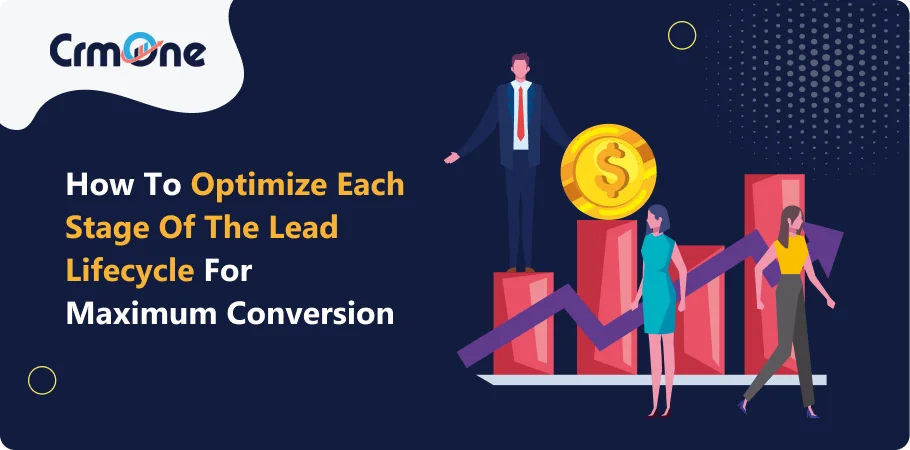Ever felt like you’re leading a parade, but no one’s following? Don’t worry! You’re not alone in this carnival of confusion! Picture this: You’ve got a fantastic product or service. You have a killer marketing strategy. And a website that’s as shiny as a freshly polished diamond.
But where are all the leads? It’s like throwing a party and forgetting to send out the invites!
Now, here’s the million-dollar question. How do you turn that trickle of interest into a torrent of conversions? Fear not, because we’re about to embark on a wild ride through the colorful world. “The world of lead lifecycle management.” Get ready to crack the code, tame the chaos, and emerge victorious in the battle for leads!
The Lead lifecycle management
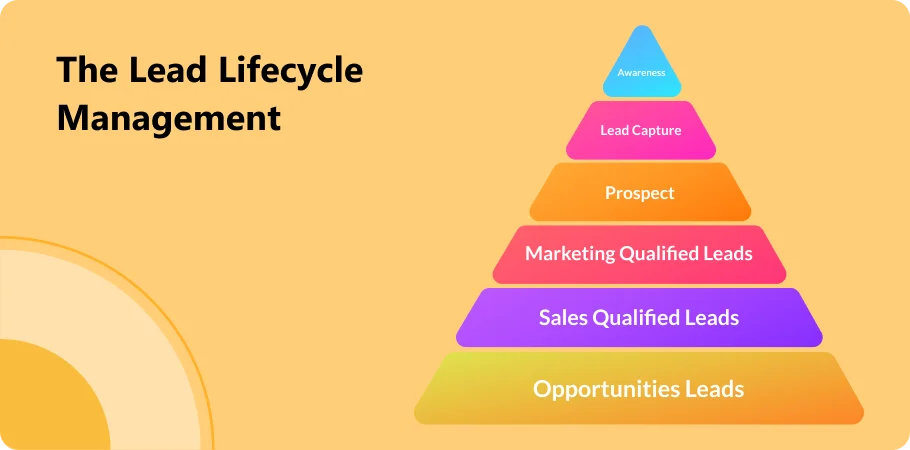
We live in the dynamic dance of marketing efforts. Here identifying marketing qualified leads (MQLs) is the pivotal step. This step fuels the sales funnel’s progression. Each MQL marks a milestone in the lead lifecycle stage. This guides the potential customers closer to conversion. With strategic nurturing and targeted campaigns, MQLs transform into valuable assets. This propels businesses towards success.
Before we dive headfirst into the fray, let’s take a moment to map out our battlefield. The lead lifecycle is like a rollercoaster ride. The lead lifecycle encompasses guiding potential customers (leads). That is, from initial interaction to becoming paying customers. Beginning with awareness, leads progress through various stages. Like stage of interest, consideration, and intent, culminating in the purchase.
Post-purchase, the focus shifts to retention and advocacy. This aims to sustain customer relationships and foster brand loyalty. This involves providing exceptional experiences, personalized support, and incentives for advocacy.
Satisfied customers may become advocates, promoting the company through referrals and positive reviews. The lead lifecycle ensures the systematic nurturing of leads. This ultimately drives conversion and long-term growth for the company.
Definition of Each Stage
Awareness: When people first hear about your company.
Interest: When they start to like what you offer.
Consideration: When they think about buying from you.
Intent: When they’re ready to make a purchase.
Purchase: When they become your customer.
Retention/Advocacy: When they keep coming back and telling others about you.
Stage 1: Building Awareness
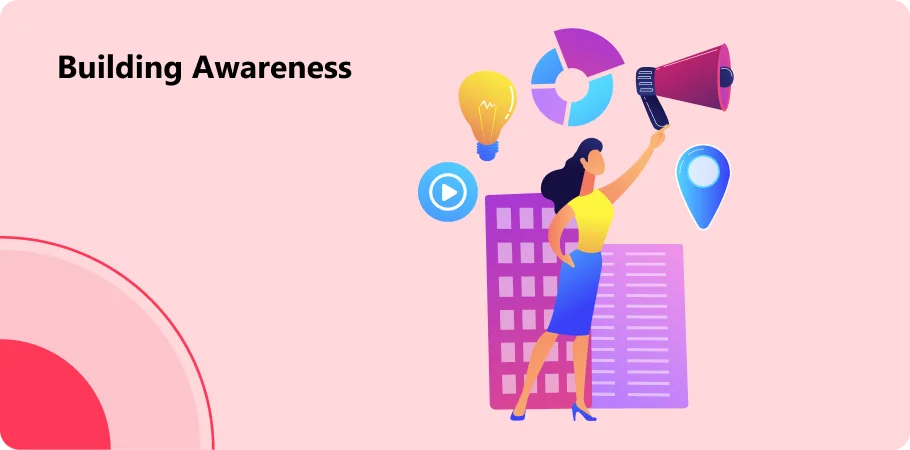
Strategies for Capturing Attention
Businesses employ various strategies across multiple channels. These strategies aim to capture attention. And draw potential leads into the lead lifecycle. These include:
Advertisements: Businesses use eye-catching visuals and compelling copy to attract attention. This strategy is implemented on platforms like social media, search engines, and websites.
Content Marketing: Creating informative, engaging, and valuable content is essential. This includes blogs, articles, videos, and infographics to address audience needs and interests.
Social Media: Businesses leverage social media platforms to interact with audiences. They also do so to share content. This increases brand visibility and attracts potential leads.
Importance of Targeted Messaging and Audience Segmentation
Targeted messaging and audience segmentation play a crucial role. They are necessary in capturing the attention of potential leads. By tailoring messages to specific demographics, interests, and behaviors, businesses can:
Increase Relevance: Deliver messages that resonate with individual leads. This increases the likelihood of engagement and conversion.
Improve Efficiency: Avoid wasting resources on irrelevant audiences. Focus efforts on those most likely to convert.
Enhance Personalization: Provide a more personalized experience. Foster stronger connections and relationships with leads.
Examples of Successful Awareness Campaigns
Several businesses have executed successful awareness campaigns. They effectively capture attention and draw potential leads into the lead lifecycle. Examples include:
Nike’s “Just Do It” Campaign: They tapped into the emotions of motivation. And also in that of determination. Nike’s iconic campaign resonated with audiences worldwide. This increased brand awareness and attracted potential leads.
Dollar Shave Club’s Viral Video: Their humorous and unconventional video went viral. This generated widespread attention and drove significant traffic to their website. This ultimately converted leads into customers.
Red Bull’s Extreme Sports Sponsorships: Red Bull’s had a sponsorship of sports events. This helped the brand connect with its target audience. Athletes also played a key role in this strategy. It effectively raised awareness and attracted potential leads.
Stage 2: Generating Interest
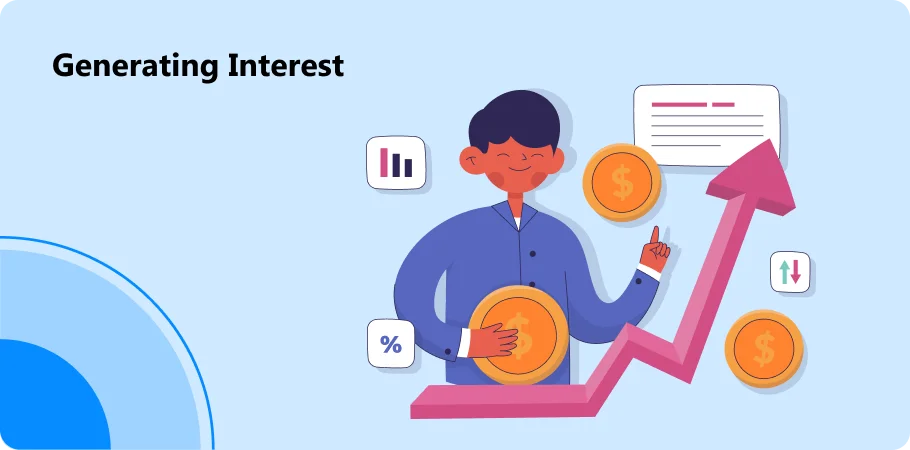
Creating Valuable Content to Cultivate Curiosity
In the lead lifecycle management process, creating valuable content is pivotal. It nurtures potential leads through various stages. The marketing and sales teams collaborate to develop content that resonates with customers. It cultivates curiosity.
By focusing on topics relevant to potential leads’ interests and needs. Businesses can generate interest and engagement. This can be done by solving common pain points or addressing industry challenges.
Utilizing marketing qualified leads (MQLs) data. The marketing software identifies high potential leads and tailors content accordingly.” This content may include informative blog posts, educational videos, eBooks, and case studies. Each piece of content aims to provide valuable insights and solutions. It positions the brand as a trusted resource and builds credibility with customers.
Encouraging Interaction and Engagement
Encouraging interaction and engagement is essential. It moves leads through the lead lifecycle stages. The sales and marketing teams work together to implement strategies. These strategies foster meaningful interactions with customers. It helps you to produce quality content. And genuine engagement at the heart of your marketing and sales strategy. This approach prioritizes meaningful connections and valuable interactions. This includes hosting webinars, workshops, and live Q&A sessions. Leads can engage directly with experts. And ask questions about the brand’s products or services.
Furthermore, targeted email marketing campaigns and marketing activities are deployed to nurture leads. They are kept engaged with relevant content and offers. By prioritizing leads based on their level of interest and engagement. Businesses can tailor communication to meet individual needs and preferences. This ultimately increases the likelihood of conversion.
Building trust is a cornerstone of effective lead lifecycle management. Both the marketing team and sales team collaborate. They establish trust by being transparent and credible. This means providing accurate information, responding promptly, and keeping promises.
Customer relationship management (CRM) systems are utilized to track interactions with leads. This also ensures consistent communication across channels. By maintaining meticulous data assessment. Businesses can streamline lead management process and focus on nurturing good quality leads.
Book a CrmOne Demo
Experience the CrmOne simplicity and power. Our experts will show you the best ways to use it and answer your questions in real time. See how CRMOne fits your needs.
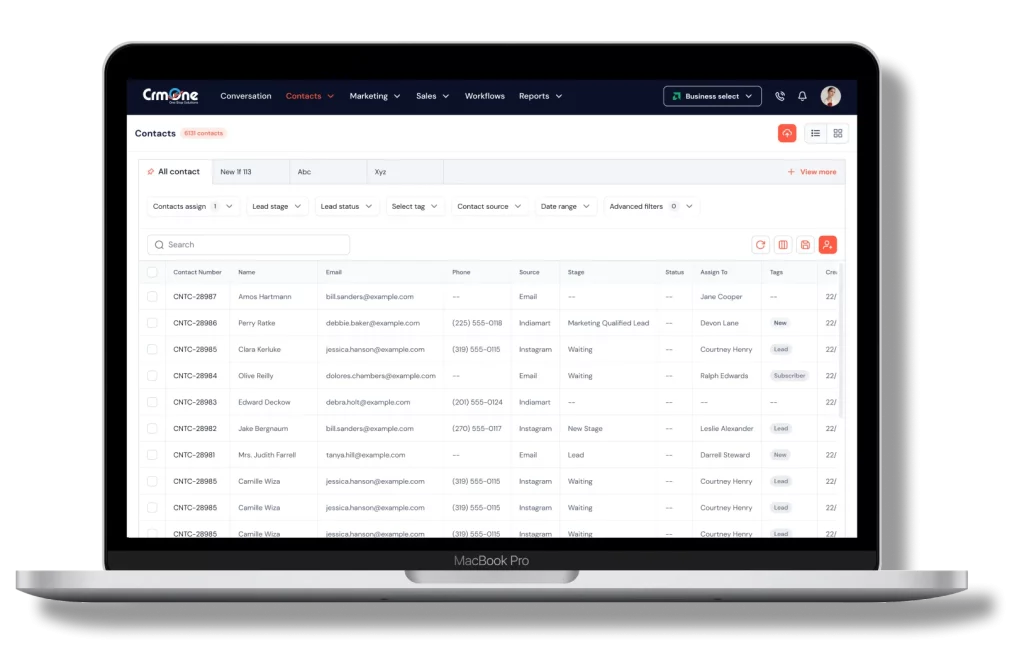
Stage 3: Consideration
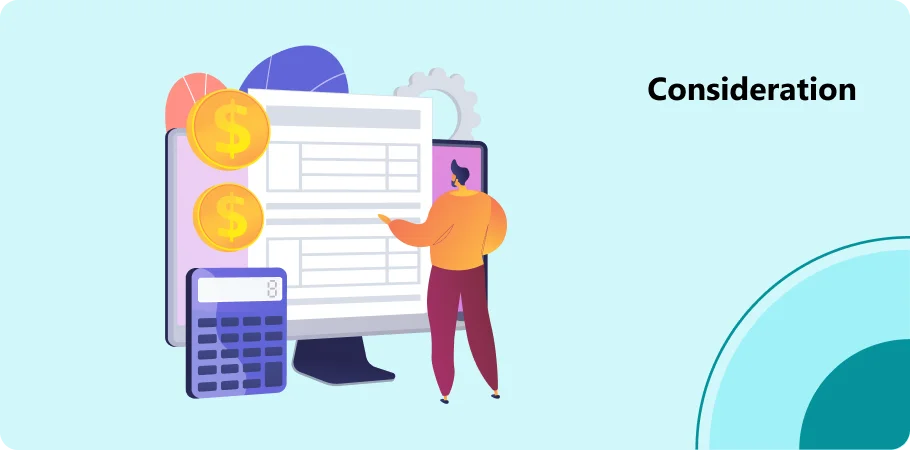
Providing Detailed Information and Resources for Informed Decision-Making
Providing detailed information and resources empowers the marketing qualified lead. This is done to progress through the sales funnel with confidence. They also align their marketing efforts with lead management efforts. With this, businesses can effectively nurture leads into becoming sales qualified leads. This later helps facilitating informed decision-making.
In the lead lifecycle, fostering consideration involves providing potential leads with comprehensive information. This aids in their decision-making process. This requires collaboration between the marketing and sales teams. They ensure all necessary information is readily available. This is done to address potential leads’ questions and concerns.
By analyzing lead data and understanding their needs, businesses can tailor content. And resources to provide relevant and detailed information. This may include product specifications, pricing details, comparison guides, case studies, and testimonials.
By equipping potential leads with the information they need. Businesses can help them make informed decisions. And move closer to becoming paying customers.
Addressing Common Objections and Concerns
Addressing common objections and concerns is crucial. This is done to overcome barriers to conversion during the consideration stage. The marketing and sales teams work together to identify and address leads’ objections.
This may involve creating targeted content that addresses common concerns or objections. Such as: FAQ pages, blog posts, or videos.
Additionally, sales qualified lead and sales development reps (SDRs) play a vital role. They engage with potential interested leads and address their specific concerns. By actively listening to potential interested leads’ feedback. SDRs can address their objections in a timely and empathetic manner. This builds trust and credibility for conversion.
Personalizing Recommendations Based on Individual Needs
Personalizing recommendations based on individual needs is key to fostering consideration. And guiding potential interested leads toward conversion. By leveraging lead data and segmentation, businesses can tailor recommendations. This is to align with each potential lead’s unique preferences and requirements.
Marketing automation tools can be utilized to deliver personalized content. And recommendations based on lead behavior and engagement. For example, businesses can send targeted email campaigns. These campaigns include product recommendations based on previous interactions by qualified leads.
Stage 4: Nurturing Intent
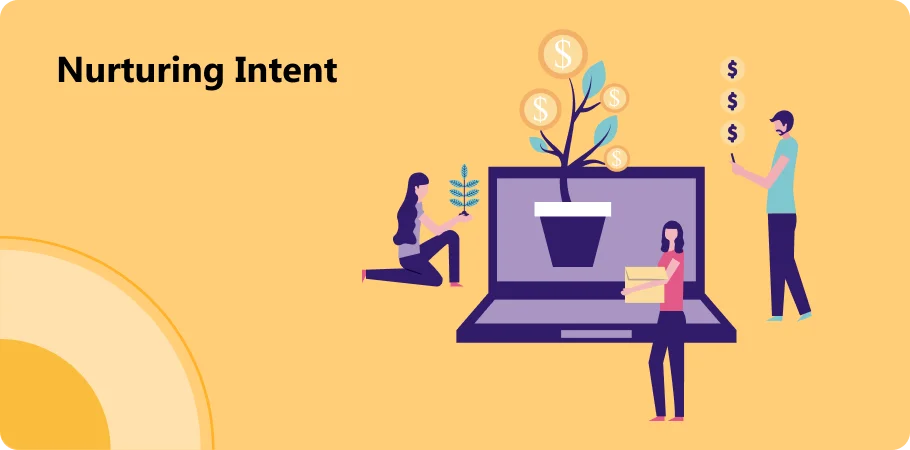
Streamlining the Sales Process for Seamless Conversion
Streamlining the sales process is like fine-tuning a well-crafted symphony. Where marketing strategies harmonize with lead segmentation to orchestrate seamless lead conversion. By prioritizing nurturing leads and fostering long-term customer relationships. Businesses pave the way for sustainable growth and enduring business success.
Streamlining the sales funnel is essential for guiding potential leads. The sales team focuses on simplifying. And optimizing every step of the process. This is to ensure a seamless experience for potential customers.
Offering Incentives to Encourage Action
Offering incentives is a powerful strategy. This is to motivate qualified leads to take action and move towards conversion. The sales team collaborates with the marketing team to develop enticing offers. Such as discounts, free trials, or exclusive deals.
These incentives serve as a valuable incentive for potential leads to take the next step. And commit to making a purchase. The benefits and value proposition of their offerings, businesses can effectively nurture intent. And drive generating leads towards conversion.
Facilitating Communication and Support Channels
Facilitating communication and support channels is crucial for nurturing intent. And addressing any last-minute concerns or questions potential leads may have. The sales team ensures that multiple communication channels are available to qualified leads. Such as live chat, email, or phone support.
Stage 5: Sealing the Deal

Simplifying the Purchase Process for Frictionless Transactions
The final stage of the lead lifecycle focuses on facilitating the purchase process. This is to ensure a smooth transition from potential inbound leads to customer. The sales team plays a key role in simplifying the purchasing journey. They help removing any unnecessary obstacles or complexities. They may deter a qualified lead from completing the transaction.
By streamlining the checkout process, minimizing form fields, and offering intuitive navigation. Businesses can create a frictionless purchasing experience. This encourages a qualified lead to convert. This simplification not only reduces the likelihood of abandoned carts. But also enhances overall customer satisfaction and loyalty.
Ensuring Transparency in Pricing and Policies
Transparency is paramount when it comes to sealing the deal with a qualified lead. The sales team ensures that pricing information is clearly communicated to potential customers. This helps eliminate any confusion or uncertainty surrounding the purchase.
By providing upfront pricing details, including any applicable taxes or fees. Businesses build trust with a potential lead. This helps foster a sense of transparency and honesty.
In addition to pricing transparency, businesses also ensure clarity in their policies. Such as return and refund policies, shipping information, and terms of service. By addressing potential concerns upfront and providing relevant information, businesses mitigate potential objections. And instill confidence in a potential lead, ultimately facilitating the conversion process.
Offering Multiple Payment Options to Accommodate Preferences
Businesses offer multiple payment options at checkout. This is to cater to the diverse preferences of a customer. Whether it’s credit card payments, PayPal, bank transfers, or alternative payment methods. Businesses strive to accommodate the payment preferences of their customers.
By offering flexibility in payment options, businesses remove barriers to conversion. And make it easier for a potential customer to complete their purchase. This approach not only enhances the overall customer experience. But also increases the likelihood of conversion. As a lead is more likely to purchase when presented with convenient payment methods.
Stage 6: Securing Retention and Advocacy
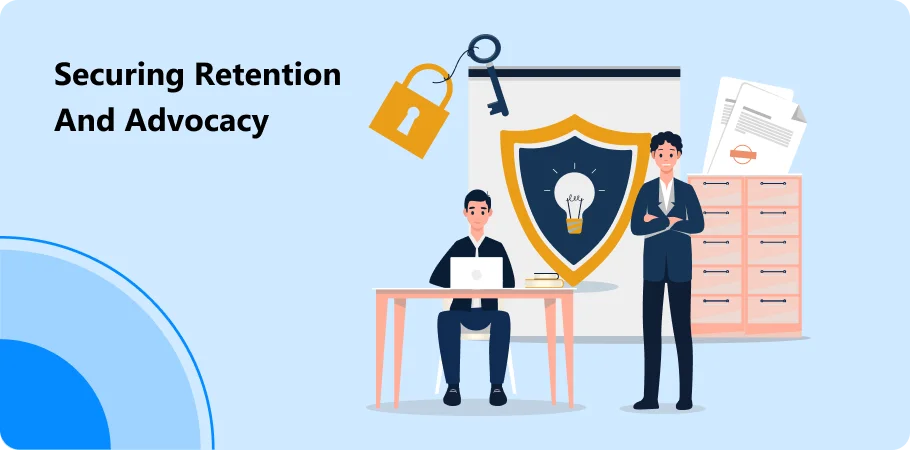
Delivering Exceptional Customer Service to Drive Satisfaction and Loyalty
In the final stage of the lead lifecycle, businesses focus on securing retention. And advocacy by prioritizing exceptional customer service. The customer service team plays a crucial role in ensuring that customers’ needs are met. Thereby driving satisfaction and fostering long-term loyalty.
businesses can create positive experiences. This is by providing timely assistance and going beyond to exceed customer expectations. This encourages customers to return for future purchases and advocate for the brand.
Implementing Loyalty Programs and Rewards to Encourage Repeat Business
Businesses implement loyalty programs and rewards. This is done to incentivize the business and reward loyal customers. These programs offer perks such as discounts, offers, and rewards for every purchase. This encourages customers to return and engage with the brand repeatedly.
Businesses reinforce positive behavior and deepen their relationship with customers. They do so by recognizing and rewarding customer loyalty. This not only increases customer retention. But also generates valuable word-of-mouth referrals as customers share their experiences with others.
Empowering Advocates Through Referral Programs and Positive Reinforcement
In addition to fostering customer loyalty. Businesses empower advocates through referral programs and positive reinforcement. Referral programs incentivize satisfied customers to refer friends and family to the brand. They do this by offering rewards or discounts for successful referrals.
By the power of word-of-mouth marketing, businesses tap into their existing customer base. They move further to acquire new customers and expand their reach organically. Additionally, businesses recognize and celebrate advocates through positive reinforcement. Such as featuring customer testimonials. And highlighting their success stories on social media or marketing materials.
Conclusion
And there you have it, folks! We’ve journeyed through the wild and wonderful world of lead lifecycle management. Transforming potential leads into loyal advocates with the finesse of a circus ringmaster. From the dizzying heights of awareness to the thrilling consideration, intent, and purchase. We’ve navigated every stage with flair and finesse.
But fear not, fellow adventurers, for the fun doesn’t stop here! As we bid adieu to this whirlwind adventure, remember to keep the spirit alive. Whether you’re crafting captivating content, or dazzling with targeted messaging. Or sealing the deal with seamless transactions. Let your creativity soar and your enthusiasm shine.
So, as you embark on your own lead lifecycle escapades. Don your metaphorical top hat and whip, and embrace the journey with gusto! With a sprinkle of humor, a dash of creativity, and a whole lot of passion. You’ll be waltzing through the lead lifecycle like a seasoned showman in no time.
Until next time, keep the lead circus rolling and may your conversions be ever in your favor!
Get started for Free
Start for free today. Boost your sales by clicking the Get Started button. With CrmOne, you can manage leads, sales, and customer service all in one place.
